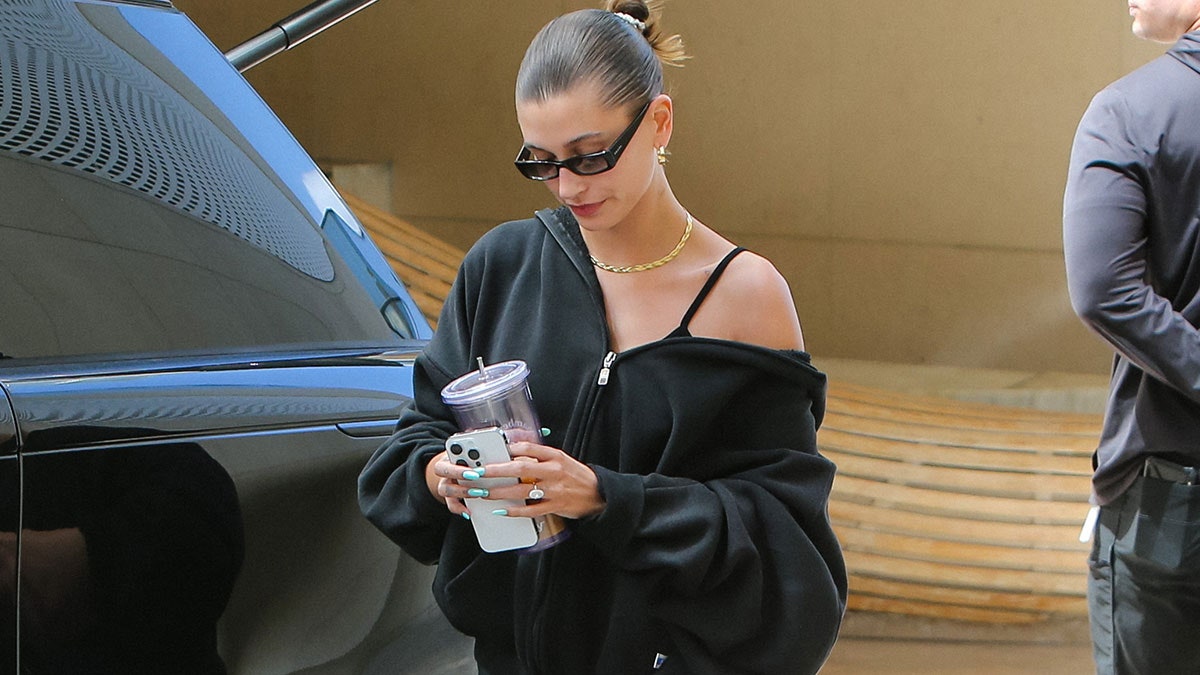
What customers look for in regards to quality has changed, she says. Young consumers are known to prioritise natural materials, like silk or cotton, over brand names. Older pieces — even from fast fashion brands — are less likely to be made from synthetics.
As for whether this will impact our view on the value of fast fashion on the whole — long believed to be disposable — experts expect not. Sustainable fashion creator and consultant Scott Staniland points to the fast fashion items that crowd thrift shops and Depop listings even now. Even if one pair of shorts sells for $200, the volume of fast fashion production means that there’s an essentially endless supply of clothing that’s difficult to resell at any price.
TikTok content
This content can also be viewed on the site it originates from.
The appeal of the older items that the new ones lack is scarcity, Staniland says. “It’s the facade that this item is no longer available. And it’s that price because it’s no longer available, and no one’s going to have it — even though, in reality, they could find it in places that they’re not looking.”
Cultural cues are a value add
The quality may have been better then than now, but that’s not all that’s fuelling the resale presence of outpriced, old fast fashion items.
Pricing has long been a resale pain point, Vermeer adds, often dependent on how much the seller paid, the quality, the rarity, the demand, the style and the marketing.
Also key is storytelling and context. The (perceived) value of an item is down to on both the way it’s marketed (‘rare, vintage’) and the wider cultural context in which it’s for sale. On Depop, one seller advertised a 2000s Wet Seal top as giving “Rick Owens vibes”. It sold (for a bargain $28), presumably for the vibes.
For those less versed in high fashion, Vermeer looks to the ways in which social media and pop-culture moments spur demand. The current moment’s tennis obsession, for instance, has Challengers to thank. Clothing styles tagged “tennis” have increased 7 per cent year-on-year compared to 2023, according to WGSN. US Pinterest searches for “tennis skirt outfit summer” are up 128 per cent in the last three months. And there are plenty of options on Depop.
As indie sleaze and Y2K continue to reign supreme, old pieces from brands in their heyday will benefit. Fast-thrifting on apps like Depop also fits the current accelerated trend cycle, Indeka says, meaning it’s more likely for consumers to get caught up in viral trends and want to buy in, regardless of price.
